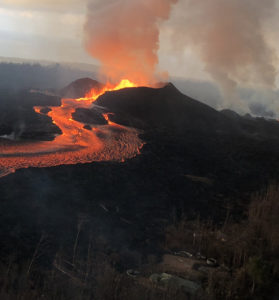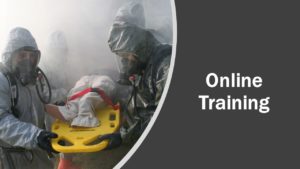LSU’s National Center for Biomedical Research and Training has announced its summer schedule for its open national enrollment Zoom courses. These courses are available at no cost to all state, local, tribal and territorial emergency responders. You can find the entire schedule here: https://myemail.constantcontact.com/Zoom-Courses-Available-for-Emergency-Responders.html?soid=1115090528044&aid=ysQOzm6phJY
The following courses are available:
- MGT-324-C: Campus Emergencies Prevention, Response and







